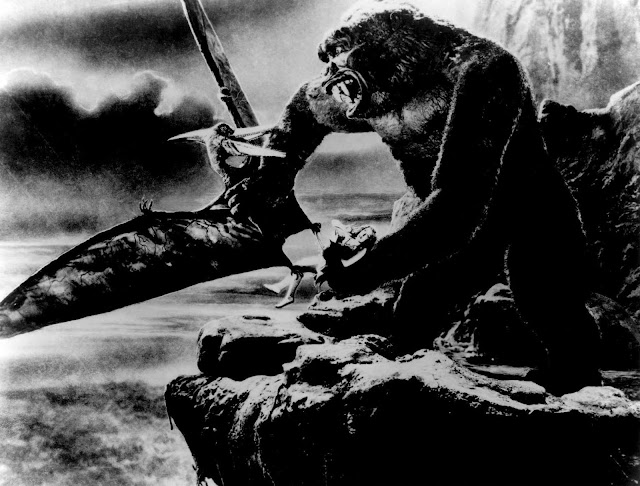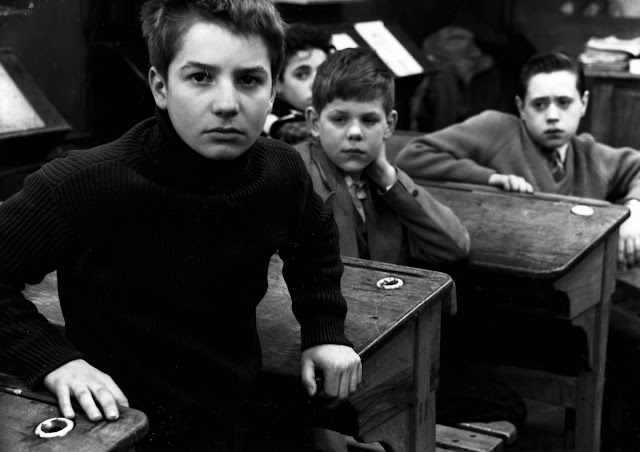Shadows (1959)
John Cassavetes' "Shadows"
In December of 1959, avant-garde film critic Jonas Mekas wrote a manifesto called "A Call for a New Generation of Film Makers." In this manifesto, he states that a newly released American film by John Cassavetes, called "Shadows," was the start of a new movement that would inspire independent filmmakers, energize the flagging avant-garde scene, and triumph over the commercial Hollywood film industry. I don't think anybody at the time realized just how spot-on Mekas was with his assessment. While the Italian neo-realist movement was coming to a fitting close and the French New Wave movement was reaching its explosive introduction, John Cassavetes was filming something that would change the fabric of Hollywood forever.
The film, "Shadows," details the daily lives of a black family: two brothers who are unable to make it in the jazz scene, and a younger sister, a fair-skinned girl who wants to be an artist. When the sister starts dating a white man, racial underpinnings begin to brew. Beyond the basic framework of the story, much of the dialogue, behavior, and scene playouts are improvised.
What's most striking about "Shadows" to me is perhaps what ignited the entire New Hollywood movement all together. I'm unsure if Cassavetes was inspired by any French cinema he was seeing at the time, as the New Wave movement was just starting to come into its own. But, the same ideas of street-level realism is completely utilized with "Shadows." There's Italian neo-realism, and then there's the completely free camera, uninhibited by any stagnant holster, that is more in line with what the French were doing and what Cassavetes is doing here. The closest example I can give to a contemporary style of filmmaking would be like Sean Baker using an iPhone to shoot his 2015 film "Tangerine." The freeform-realist effect is largely the same.
The reason why this is so significant is due largely to the look and feel of a Hollywood film at the time. In the 1950s, Hollywood was at the peak of its powers. 'The Golden Age,' as they call it. The studio system had created an environment of cinema that was very structured, both for its behind-the-camera operations, and the visual look of its films. Hollywood films were very visually theatrical and its editing was very consistent with the philosophies of D.W. Griffith regarding continuity and coherent editing that assisted with subjective viewing experiences. This was consistent from the silent era all the way until this point. On the flipside, European cinema had fully embraced 'realism,' which was antithetical to the 'Hollywood' approach to visual storytelling. Realism stripped away the theatricality of cinema and offered a direct insight into reality that audiences could tap into. When the French New Wave movement emerged, French auteurs used realism as its visual adherence, while the framing, camerawork, and editing provided an emotional and subjective lens for the audience to view the subject through. The visual reality of a scene conceited to inherent reality while the editing and camerawork provided an elevated commentary on the reality playing out in a scene. This was a revolutionary concept and allowed French cinema to emerge into a new post-modern landscape. When the Golden Age of Hollywood collapsed and transitioned to the New Hollywood movement, New Hollywood artists borrowed many ideas from the French New Wave, but utilized them in very different ways, as they still slightly had to adhere to a overarching 'studio' structure. The result was something less theatrical and something far more subjective and emotional. The visual images were 'real,' just like with European cinema. However, the editing, framing, and camerawork provided subjective lenses of its very own subjects on screen. This began with Cassavetes.
Watching "Shadows" is like watching a student film of street artists improvising situations. What's even more interesting about its structure is the way in which characters behave. As I said before, the Golden Age of Hollywood had a standard for actor performances. This was starting to crumble under the feet of actors like Marlon Brando and James Dean, who occupied a more 'realistic' acting style. "Shadows" seems to borrow more from the neo-realist movement with their use of non-professional actors. That is not to say that the actors in "Shadows" are non-professional, per se. But the style of acting is completely naturalistic, as if you're actually watching people on the street on in a bar.
Perhaps if you showed "Shadows" in Europe at the time, audiences would feel as though the film was inspired or a part of the New Wave movement. However, in the U.S., nobody had even seen such lack of theatricality with a film. Nobody had ever seen such naturalistic acting, freeform camera movement on the streets of New York, black characters portrayed so domestically, and plots and scenes that almost feel so mundane, that they may as well be documentary and not a scripted narrative. "Shadows" was explosive. Jonas Mekas was absolutely correct in his assessment of the film, as new auteurs began to revolutionize American cinema in the next decade. This movement became known as "New Hollywood," but it's main characteristic was its independence from the studio system. And so, independent cinema, or 'indie' cinema, is born.




Comments
Post a Comment